Dove Creek, Colorado
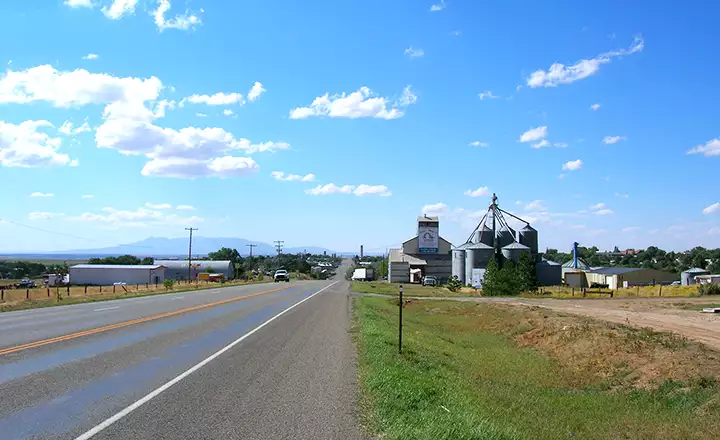
Coming into Dove Creek from the southeast
The Dove Creek area was settled mostly by World War I veterans. And even though they were returning from a nasty European war, they weren't prepared for the battle they faced here with sagebrush. Clearing the land of of the heavy sagebrush cover took decades of back-breaking, hand-to-bush combat. Eventually though, the homesteaders prevailed and turned Dove Creek into “The Pinto Bean Capital of the World.”
While pinto beans have been raised in this area since Ancient Puebloan times (something about the soil and climate being perfect for the growth of pinto beans), Dove Creek really only claims to grow the best pinto beans, not the most. And the local folks' faith in the quality and flavor of their crop extends to them turning out products like pinto bean cookies and pinto bean ice cream sauce.
Not everyone in the area is a pinto bean farmer: during the Cold War there were a lot of folks coming in to work in the booming uranium mines. And most recently, tourism has become a major growth industry in Dolores County.
This region is filled with hundres of archaeological sites dating back to the Ancestral Puebloans first entry into the area around 600 AD. Over time, the Ancestral Puebloans built several large pueblos with scores of rooms in each. They built stone granaries to store their food, they built small dams and reservoirs to help them through the dry years, and they farmed squash, beans and corn in terraced plots. By about 1300 AD, though, the majority of them had left the area because of increased warfare, social upheavals and climatic change. At the height of their occupation, there were probably more puebloans here than there are residents today.
It was a major, extended period of dark skies followed by drought that forced most of the Ancestral Puebloans out. When that drought finally began to ease, the Ute bands came in. They were here for hundreds of years before the Europeans arrived. In the beginning of the European invasion, the Utes tolerated visitors but over time, the Europeans got pushier and pushier until finally, racial tensions exploded and the shooting started. Once the shooting started, the American governments began "protecting" the whites at the expense of the Utes. There was a bloody shootout at the Ute Agency in northwestern Colorado in 1879. At that point, the white settlers began screaming "The Utes must go!" There were some minor skirmishes over the next few years but on June 19, 1885, a group of white cowboys ambushed a peaceful Ute camp on Beaver Creek, about 20 miles southeast of Dove Creek. When the shooting stopped, the whites said six people were dead, the Utes said ten, some of them women and children.
The Utes killed a white rancher in retaliation and several more small skirmishes followed but it was the intervention and mediation by Indian Agent Charles Stollisteimer that finally stopped the bloodshed. At that point, though, it was too late for the Utes: the federal government reduced their reservation land again, confining the Weminuche Utes to the Ute Mountain Ute Reservation in the far southwestern corner of Colorado, the Tabeguache and Mouache bands to the Southern Ute Reservation in southern Colorado and the other four Ute bands to a reservation in northeastern Utah.
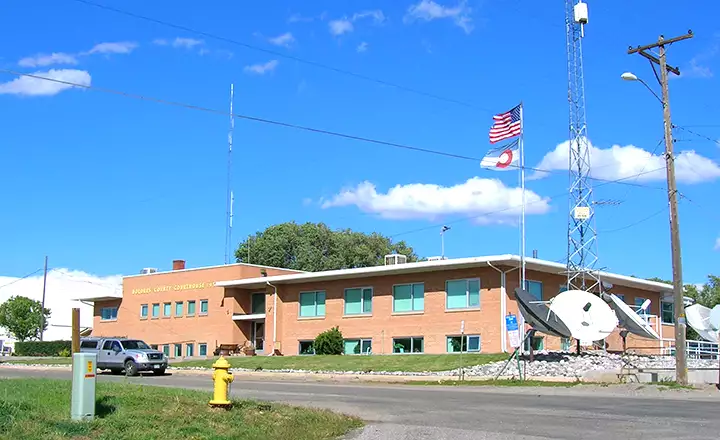
The Dolores County Courthouse
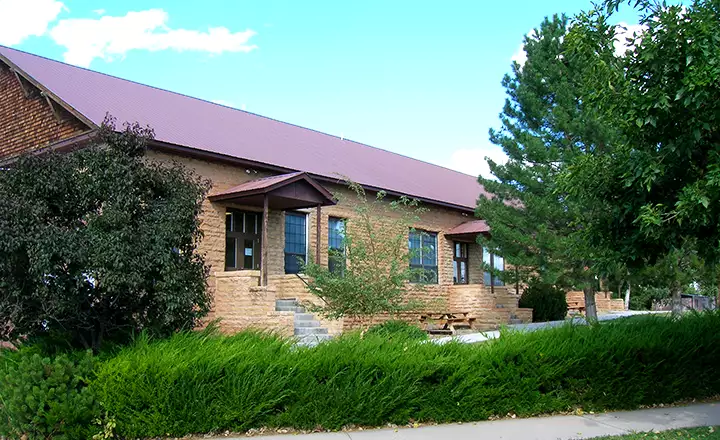
The old Dove Creek School
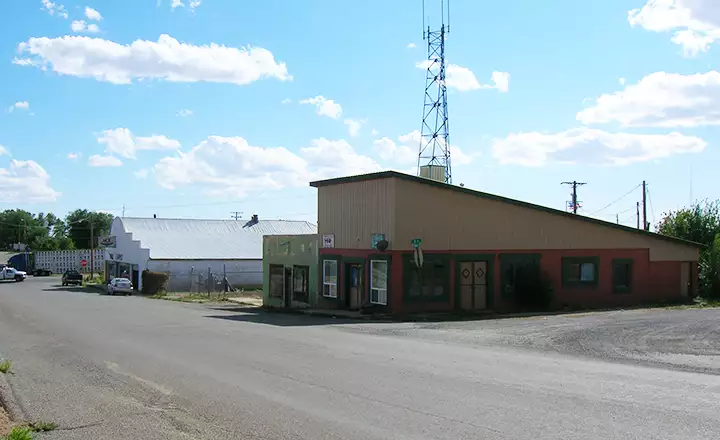
On Main Street
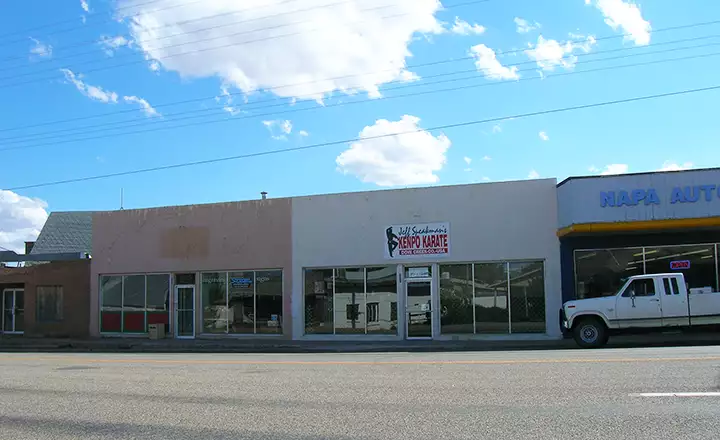
On US Highway 491 through Dove Creek
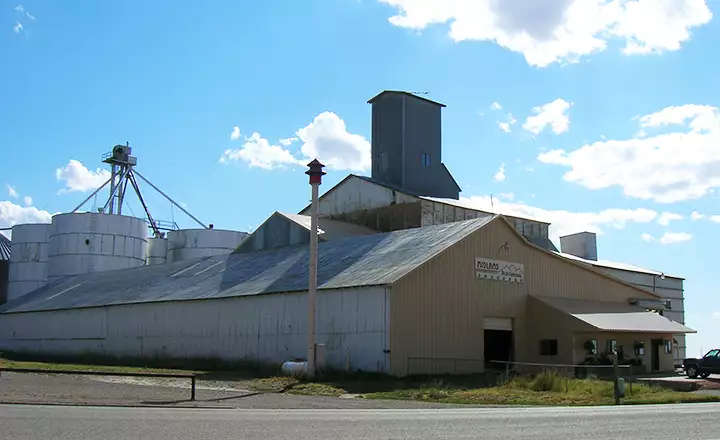
A pinto bean processing facility and warehouse in Dove Creek
Dolores County Pages
Dove Creek - Rico - Dolores CountyTrail of the Ancients Scenic Byway - San Juan Skyway
San Juan National Forest - Lone Mesa State Park